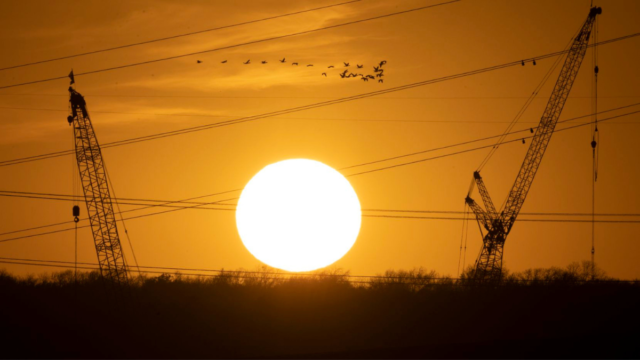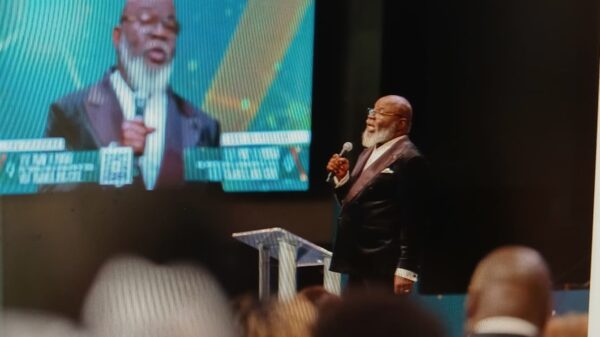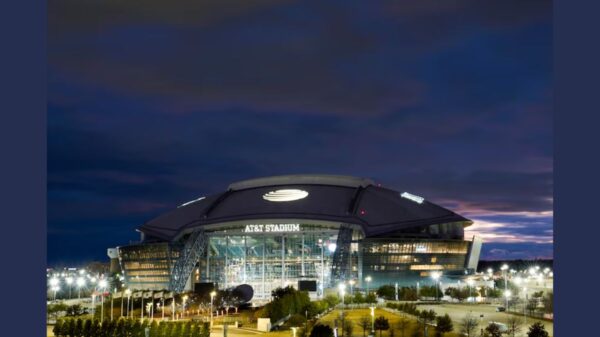
ERCOT is appealing with Texans to conserve energy during peak hours Monday, projecting a combination of extreme heat and low wind will strain the state’s electricity grid.
The grid operator said in a Sunday statement that it expects a shortage in energy reserves Monday with “no market solution available.” Texas homes and businesses are asked to conserve power from 2 p.m. to 8 p.m.
While ERCOT said it is not anticipating any “system-wide outages,” here’s how to best prepare for a blackout:
Before a blackout
Have a plan to stay connected. The American Red Cross recommends signing up for text- and app-based emergency alert systems. Make sure portable power banks are fully charged. Ideally, you’ll also want other devices that don’t need to plug in, like a battery-powered radio.
Perishable food won’t last long after a blackout, so stock up on canned foods and bottles of water. The Red Cross says refrigerators keep food cold for about four hours after losing power. A freezer will keep the temperature for about two days, but those windows may be shorter in the Texas summer.
If your medical needs require energy or refrigeration, discuss a plan with your primary care or medical device providers.
If you drive a car, the Red Cross recommends keeping your tank at least half full and making a plan in case you need to quickly evacuate.
Reliant shares the following tips and tricks for how help manage and conserve energy usage:
- Follow the 4×4 principle. Set your thermostat four degrees higher when you’re away from home for more than four hours to save on energy usage and costs.
- Rotate your ceiling fan counterclockwise for a wind chill effect. This can make the temperature in a room feel up to 4 degrees cooler allowing you to be more comfortable and adjust your thermostat to save money. Don’t forget to turn off your fan when leaving the room.
- Use blinds or curtains to reduce solar heat gain by up to 50 percent. Direct sunlight can increase the demand on your AC by as much as 30 percent.
Take note of where your nearest cooling center is. Dallas lists theirs here.
If you have any water or perishable food to spare, consider donating it to local charities or mutual aid groups. The United Peoples Coalition in Dallas, for example, is accepting donations of bottled, boxed or canned water for people experiencing homelessness.
Dallas nonprofit OurCalling is also accepting donations to make “heat kits” for homeless people. Items requested include hats, water bottle, cooling towels and sunscreen.
If you’re able, make a plan to check in with friends, family or neighbors who might be vulnerable.
During a blackout
Keep all generators in a well-ventilated area and never run a generator indoors. The Red Cross also recommends having a support network that you can check in with periodically.
Know the differences between heat exhaustion and heatstroke and the signs of both. Heat exhaustion is marked by symptoms including dry mouth, dizziness and excessive sweating, according to the federal Centers for Disease Control and Prevention.
If heat exhaustion isn’t treated, it can progress to heatstroke, which is more severe and happens when the body’s temperature rises rapidly, the sweating mechanism fails and the body loses the ability to regulate temperature on its own. Heatstroke can lead to hospitalization.
If you’re a pet owner, watch out for signs of heat distress in your pet, including anxiousness, restlessness, excessive panting and drooling, vomiting, diarrhea, abnormal gum and tongue color or unsteadiness. Seek emergency care if your pet is experiencing any of those symptoms.
After a blackout
When in doubt, toss the food out. Especially if the temperature inside your refrigerator exceeded 40 degrees.
Start preparing for the next blackout. Temperatures exceeding 100 degrees are forecasted for Dallas the next several days.









You must be logged in to post a comment Login